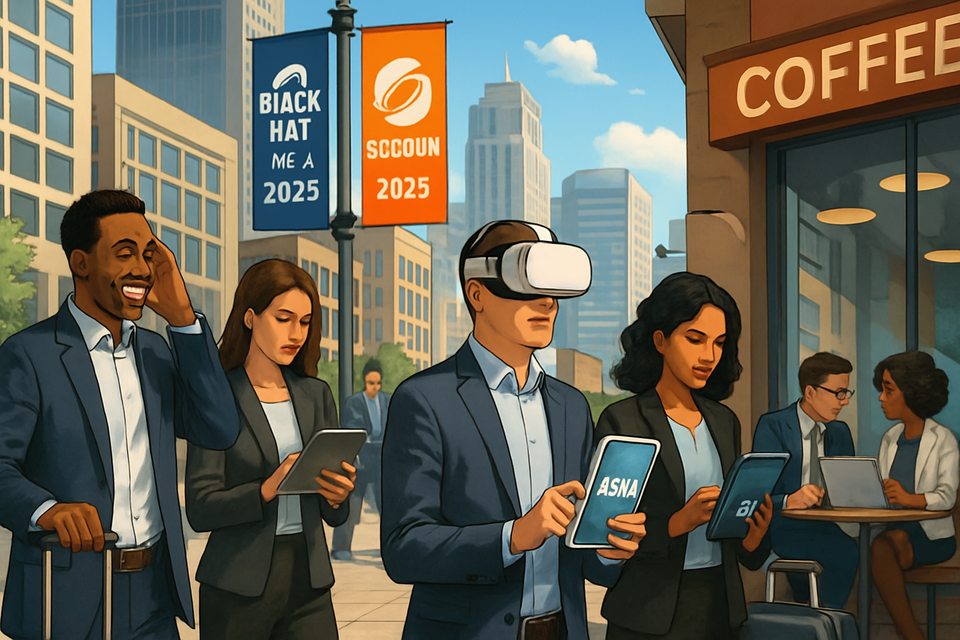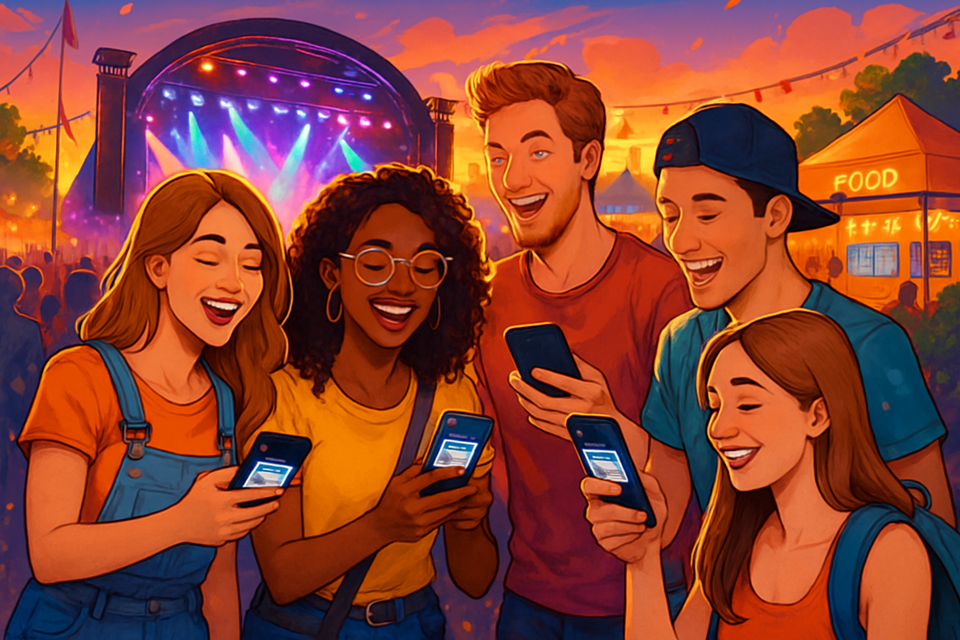Multimodal AI: The Next Digital Superpower—How Text, Images, and Audio Will Change Everything in 2026
Discover how multimodal AI, the digital superpower transforming our world, will redefine industries from healthcare to content creation. Get ready for a future where AI truly "gets" us—combining text, images, audio, and video seamlessly.

Welcome to the Age of Multimodal AI
Imagine an AI that not only reads your emails, but also understands your voice notes, deciphers your sketches, and watches your videos—responding with insights that make you feel like you’ve nabbed your own Tony Stark-level digital assistant. Welcome to 2026, where multimodal AI isn’t just a buzzword, but the superpower transforming how we live, work, create, and even heal.
“Multimodal AI will do for digital understanding what the printing press did for human knowledge—unlock it for everyone, everywhere, all at once.”
Let’s unravel what makes multimodal AI the hottest topic of 2025—and why you’ll be using it (or competing with it) by 2026.
What is Multimodal AI? (And Why Is It Such a Big Deal?)
At its core, multimodal AI is the next leap in artificial intelligence—AI that can interpret, combine, and reason across multiple types of data: text, images, audio, and even video. Unlike traditional AI models that focus on just one modality (say, text or images), multimodal systems can “see,” “hear,” and “read” at once—making decisions and generating content that’s richer, more creative, and context-aware.
- Text: Emails, documents, code, social posts
- Images: Photos, X-rays, diagrams, memes
- Audio: Voice notes, music, environmental sounds
- Video: Recordings, livestreams, security feeds
Why now? Exploding Topics reports +99x growth in search interest for multimodal AI this year alone. Tech giants (think NVIDIA, Google, OpenAI, and Microsoft) are racing to embed these capabilities into everything from productivity apps to autonomous vehicles. The result? A digital landscape where context is king—and machines finally “get” us.
How Multimodal AI Will Change Everything in 2026
1. Healthcare: Diagnostics, Accessibility, and Empathy
Multimodal AI is already revolutionizing medical imaging and diagnostics. Imagine a system that scans X-rays, listens to patient symptoms, and reads doctors’ notes—all at once—to flag rare diseases or recommend personalized treatments. Early pilots in 2025 have cut diagnostic errors and reduced patient wait times, while AI-powered wearables interpret both physical (images) and conversational (audio) cues for real-time health feedback.
2. Personalized Learning & Accessibility
Educators and edtech companies are harnessing multimodal AI for custom learning journeys. Think: an app that reads your essays, analyzes your hand-drawn math, and listens to your spoken answers—then adapts lessons accordingly. For students with disabilities, these systems translate text to speech, describe images, and even sign in real time, making education truly inclusive.
3. Content Creation: The Ultimate Creative Sidekick
Writers, marketers, and creators: Get ready for an explosion of AI-powered tools that turn rough ideas into polished magic. Multimodal AI can now:
- Generate videos from scripts and mood boards
- Auto-caption and translate podcasts across languages
- Transform hand-drawn sketches into full-color illustrations
- Summarize meetings by combining audio, slides, and chat
4. Autonomous Vehicles & Smart Environments
Self-driving cars and smart cities depend on machines that can simultaneously process road signs (images), spoken instructions (audio), and map data (text). Multimodal AI is the secret sauce behind safer, smarter, and more adaptive urban mobility. Expect more reliable robotaxis, smarter public safety alerts, and even AI-powered assistants that understand your environment as well as you do—sometimes better.
Actionable Guide: How to Leverage Multimodal AI in Your Life & Work
- Upgrade Your Productivity Stack
Try apps like Notion AI, Reclaim.ai, and AssemblyAI—these combine text, audio, and image data for smarter scheduling, meeting summaries, and brainstorming. Pro tip: Use multimodal note-takers to capture sketches and voice notes together for richer meeting records. - Supercharge Content Creation
Experiment with AI video generators (e.g., Lumen5, Synthesia) and image-to-text tools (Canva AI, Midjourney). These let you turn a rough idea—sketched, spoken, or typed—into professional-grade media in minutes. - Personalize Your Learning
Explore platforms like Coursera and Udemy that are integrating multimodal feedback for more customized paths. For language learning, use tools that blend listening, speaking, reading, and writing in one seamless loop. - Boost Health & Wellness
Adopt wearables and health apps that interpret multiple data types (heart rate, voice, movement, and images) for deeper, more actionable insights. Many new devices can even flag wellness issues by reading your tone or facial expressions. - Stay Ahead in Your Industry
Developers and business leaders: Dive into the NVIDIA Developer Network, Google AI, or OpenAI docs to start building or integrating multimodal features into your own products or workflows. The future belongs to those who connect the dots across data types.
“In 2026, your competitive edge won’t come from having more data—but from understanding and combining it in more ways than your rivals.”
Groundbreaking Multimodal AI Tools to Watch (2025-2026)
- Midjourney & Canva AI: Turn doodles and ideas into stunning visuals, with AI that understands both image and text cues.
- Lumen5 & Synthesia: Transform scripts and raw footage into captivating videos using AI-powered editing and voice synthesis.
- AssemblyAI: Advanced speech-to-text and audio analysis for podcasts, meetings, and accessibility.
- Reclaim.ai & Notion AI: Productivity boosters that merge notes, tasks, schedules, and even voice memos for holistic workflow management.
- NVIDIA, Google AI, OpenAI: The backbone of next-gen multimodal platforms—watch for new releases and developer tools that democratize this power for all.
(Note: Always check for the latest updates—this field is evolving faster than your average TikTok trend!)
Ethical Considerations: The Power and the Peril
With great digital power comes, well, a whole new breed of ethical riddles. Multimodal AI can supercharge accessibility and creativity, but it can also amplify bias, privacy risks, and misinformation. Here’s how to navigate the wild west of AI ethics in 2026:
- Transparency: Demand clear explanations of how AI systems use your data and make decisions.
- Privacy: Choose tools with robust security and opt-out controls—especially for sensitive health or educational data.
- Bias Busting: Support solutions that audit for bias across all data types, not just text.
- Human Oversight: Don’t let AI make critical decisions alone—keep a human in the loop for high-stakes scenarios.
“Multimodal AI is not just a tool—it’s a mirror for our values. The future you build depends on the questions you ask, the data you trust, and the boundaries you set.”
The Takeaway: Multimodal AI Is Here—And It’s for Everyone
From the classroom to the boardroom, from smartwatches to self-driving cars, multimodal AI is the digital superpower you didn’t know you needed (or maybe feared you did). The next year will see this tech leap from pilot projects to your daily life—so start exploring, experimenting, and asking questions now.
Want more smart news, practical guides, and exclusive commentary?
Become a Funaix Insider!
Subscribe for free at Funaix and join a vibrant community of tech-forward thinkers. Only subscribers can read and write comments—unlock the conversation today (while it’s still free!).Written by the Funaix editorial team, August 18, 2025




